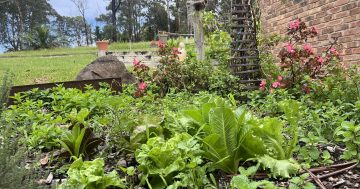Today ACT Public Schools advised a small amount of non-friable asbestos has been identified in some garden beds at Harrison School, mixed with gravel and recycled building materials. Tests by a licensed asbestos assessor who attended the school have confirmed it is non-friable asbestos, and exposure to airborne asbestos is unlikely unless disturbed. To eliminate the chance of it being disturbed, the affected garden beds have been fenced off.
They confirmed that WorkSafe has been notified and initial removal works of the garden bed material by licensed asbestos removalists will begin in coming days. A plan to rehabilitate the area with new gardens will then be developed.
They went on to advise “The safety and welfare of students and staff is always our priority and school staff will continue to ensure the safety of the children and young people by keeping them away from affected areas”.
Information from http://www.asbestos.vic.gov.au/about-asbestos/types-of-asbestos advise:
Non-friable asbestos is bonded asbestos products are made from a bonding compound (such as cement) mixed with a small proportion (usually less than 15%) of asbestos. Bonded asbestos products are solid, rigid and non-friable, and cannot be crumbled, pulverised or reduced to powder by hand pressure. The asbestos fibres are tightly bound in the product and are not normally released into the air.
When they’re in good condition, bonded asbestos products do not normally release any asbestos fibres into the air. They are considered a very low risk for people who are in contact with them, as long as appropriate safety precautions are used when they are disturbed.
However, when bonded asbestos products are damaged or badly weathered (including hail damage), areas may become friable.
Examples of non-friable asbestos containing material may include:
- asbestos cement sheet
- asbestos cement moulded products
- bitumen-based water proofing
- vinyl floor tiles.
Over time, some non-friable material may become friable.
Examples of non-friable asbestos-containing material that can become friable as a result of a work process include:
- asbestos cement sheeting that has been crushed
- asbestos cement sheeting that has deteriorated from long-term exposure to a chemical mist.






